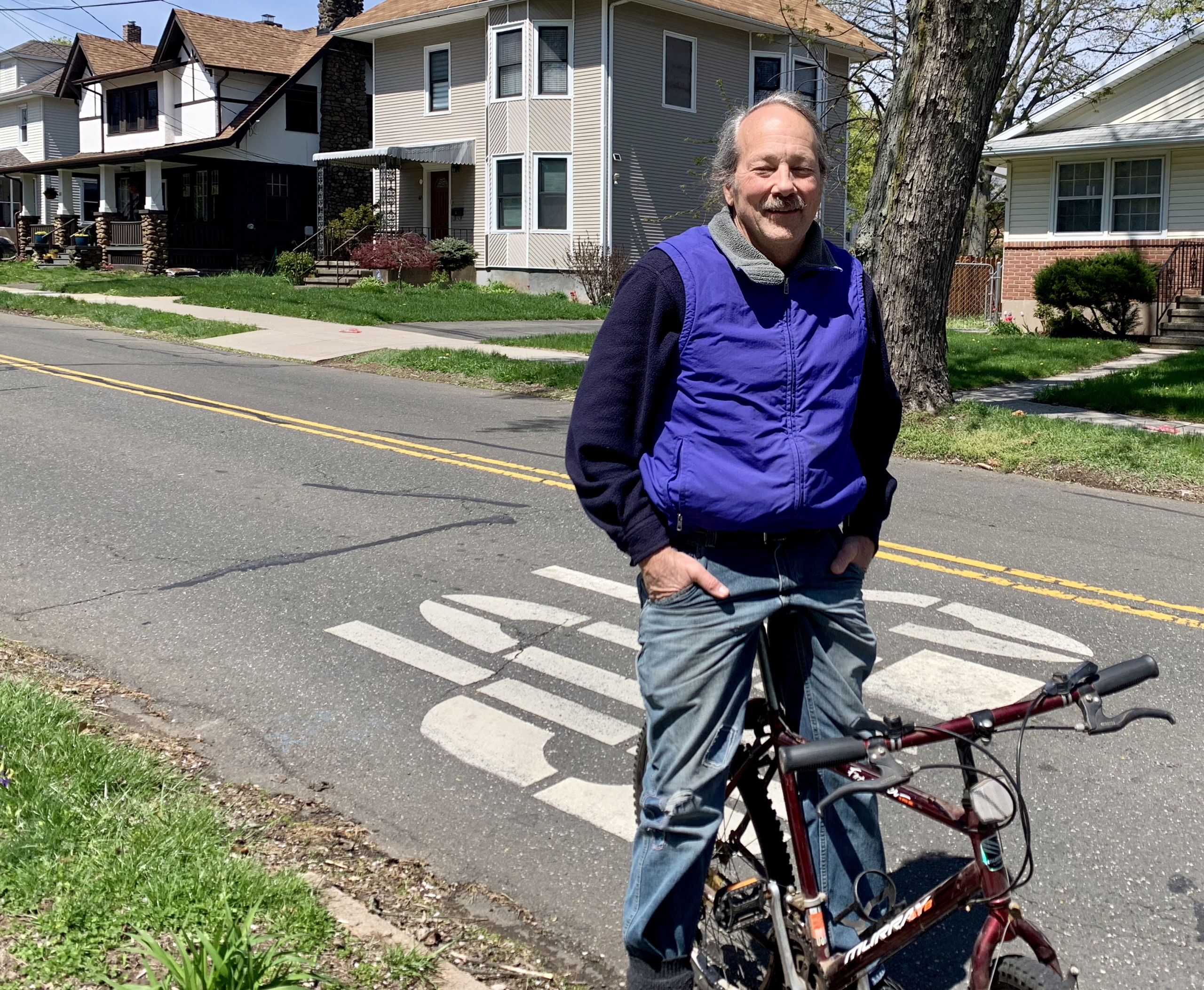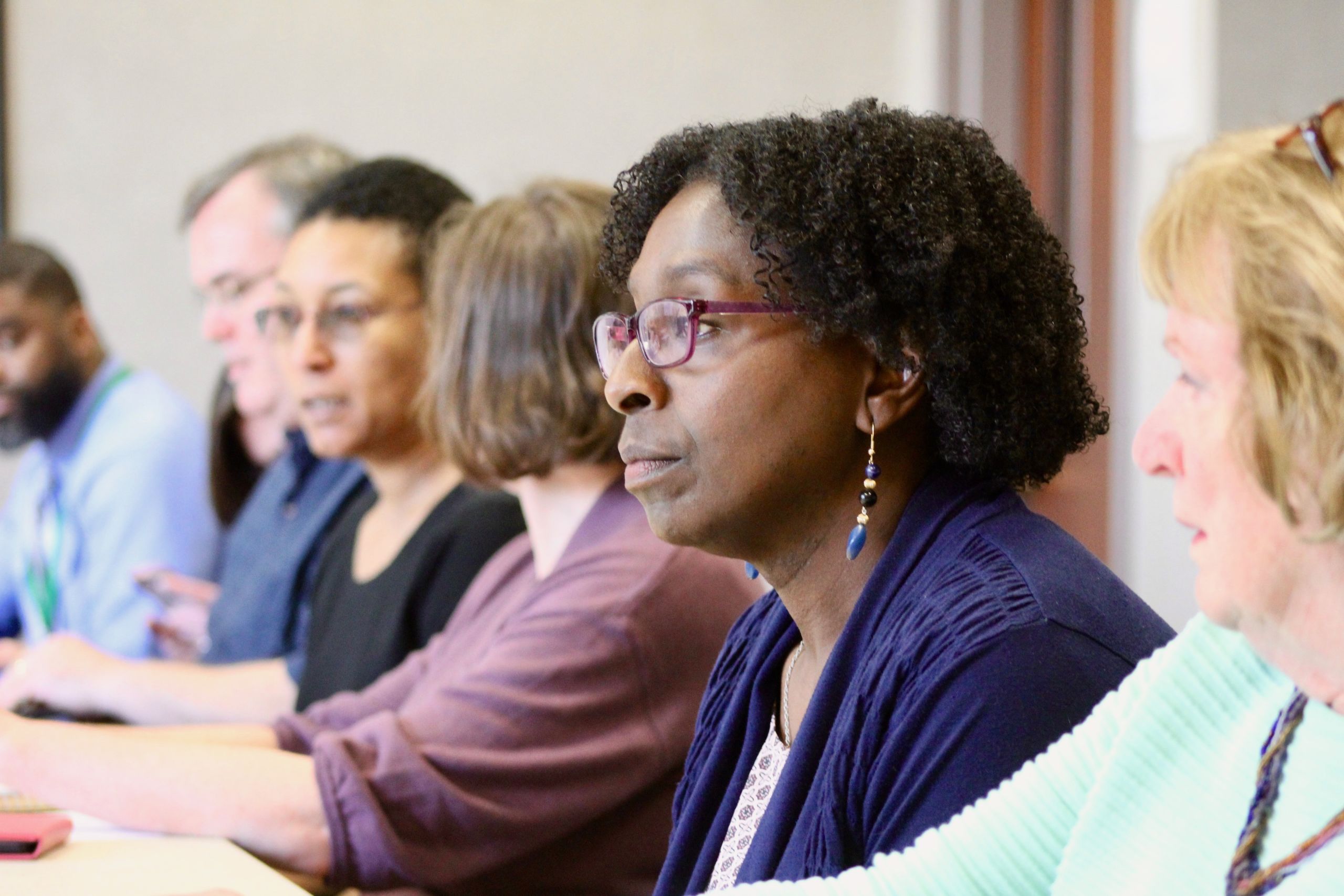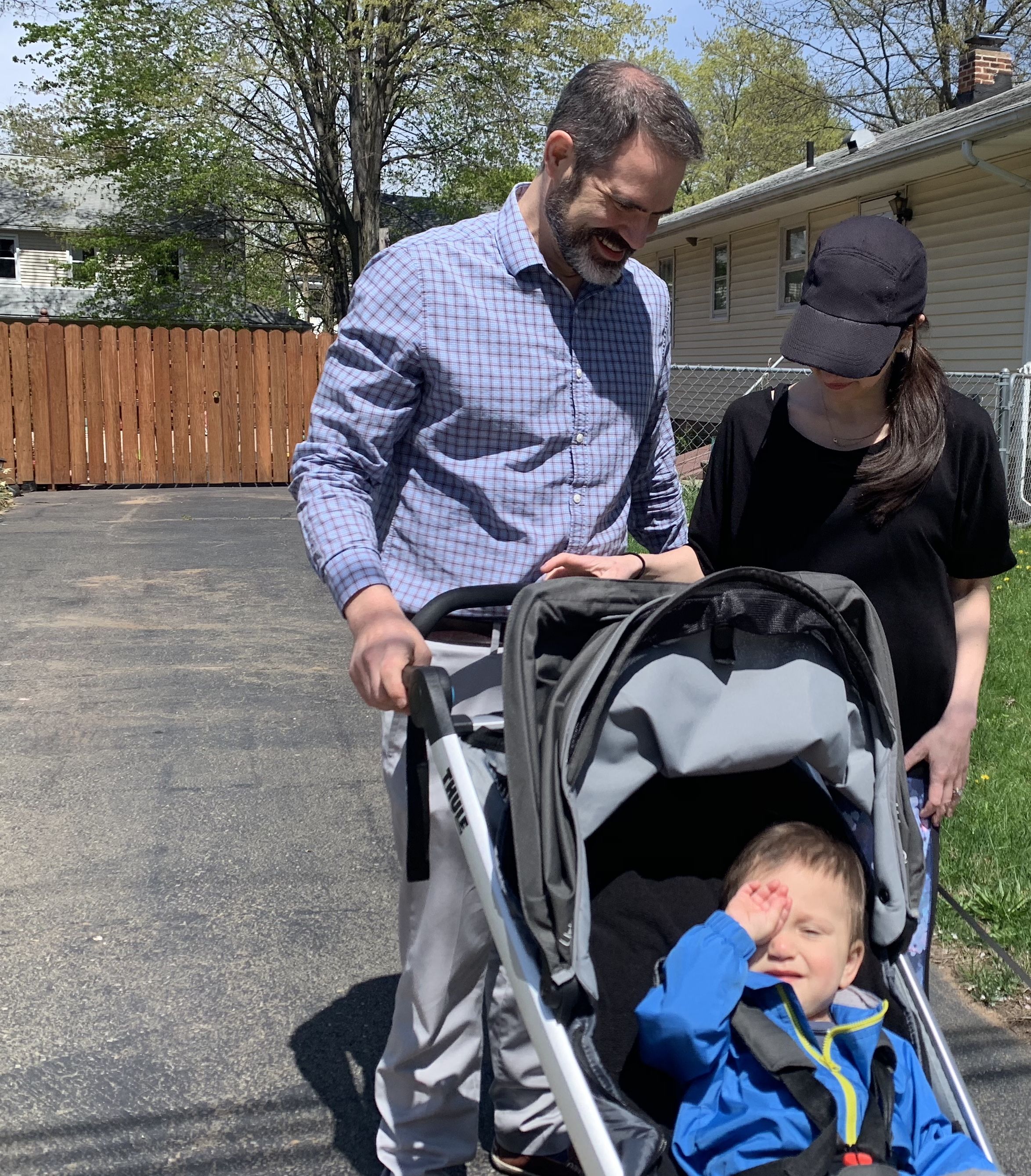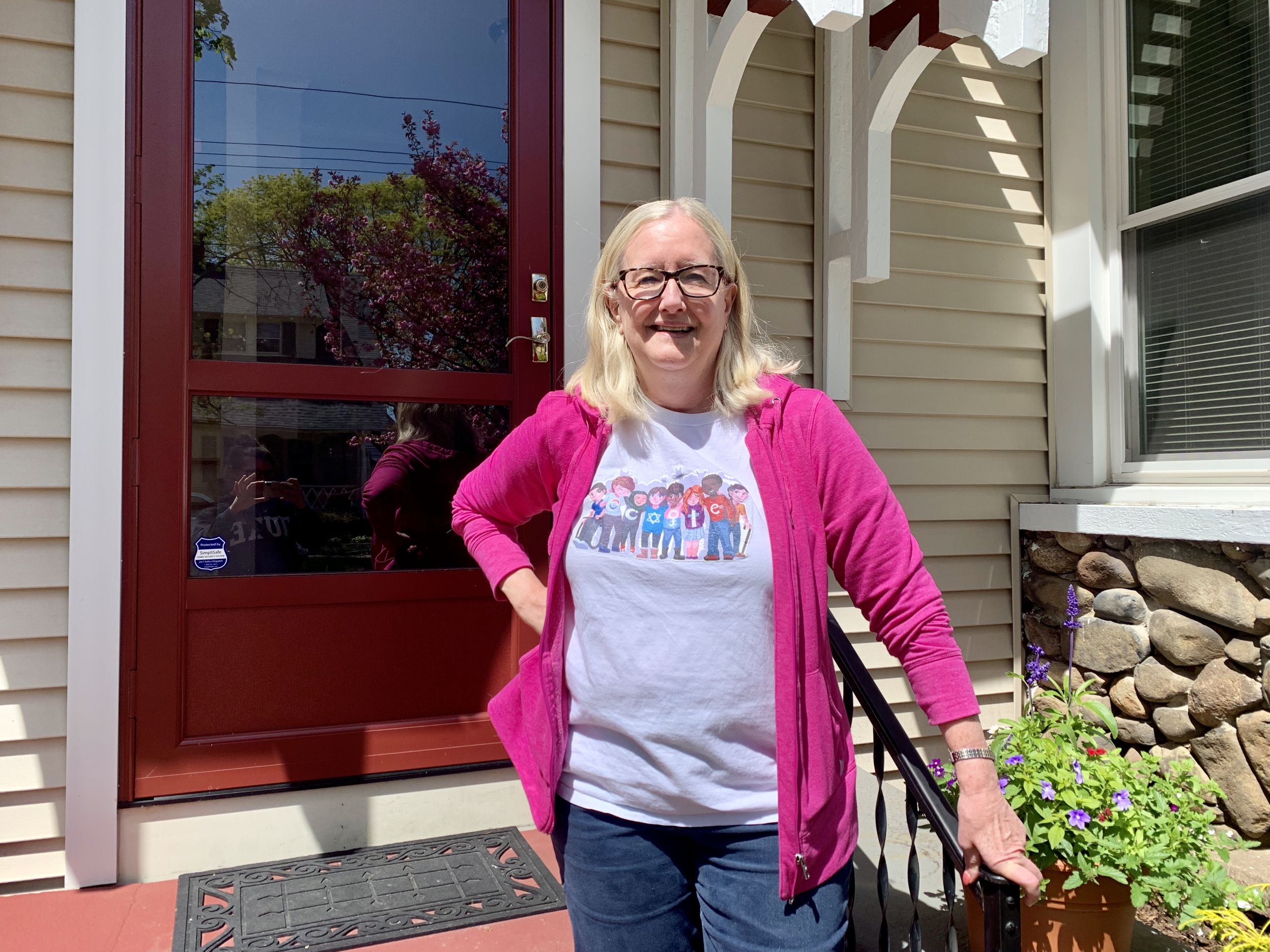Defining Hamden: A Town Divided?
Examining what residents believe divides Hamden is important and begins to tell a fascinating story which sheds light on a larger issue facing Hamden- income inequality.
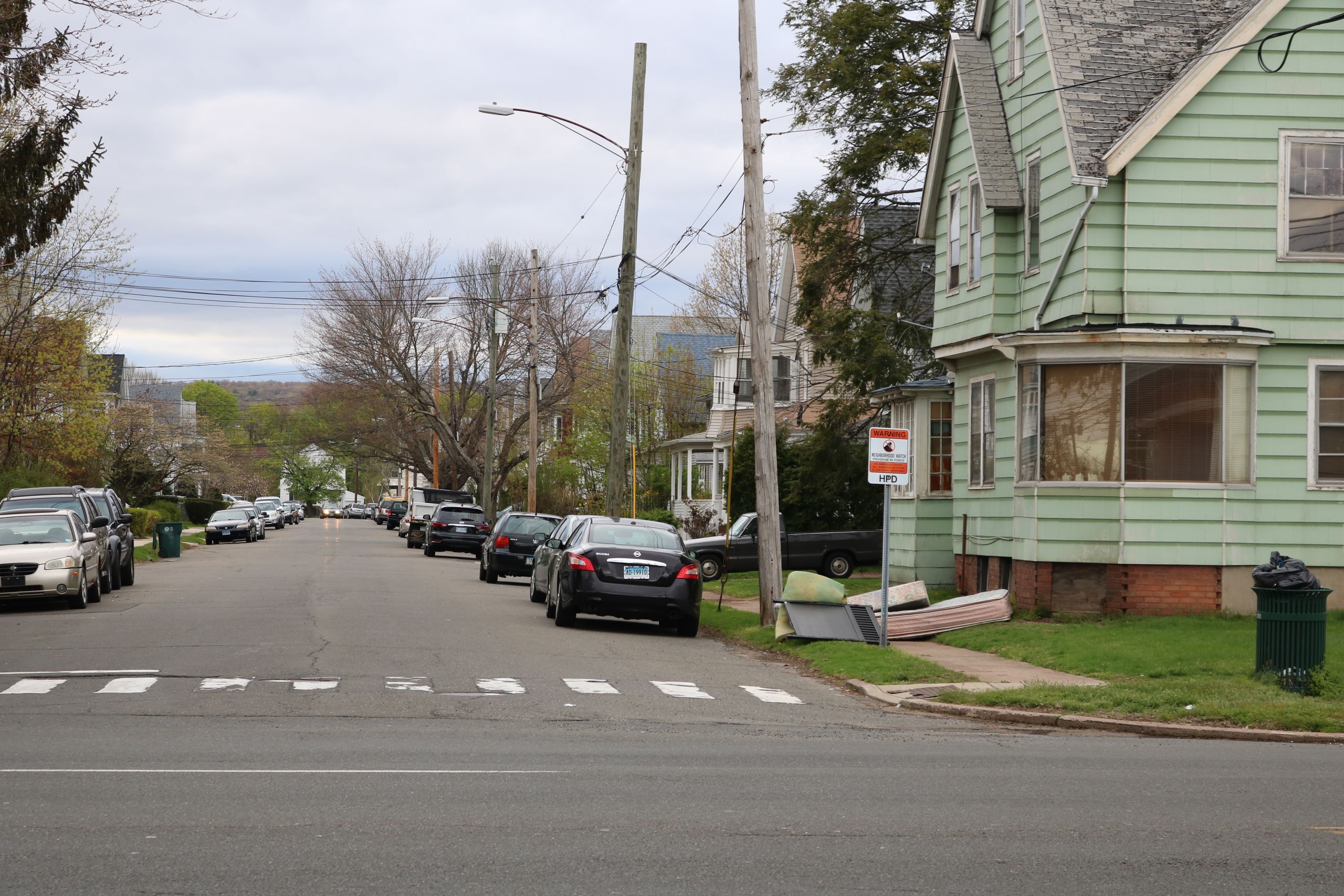
Over 60,000 residents live across 32.65 square miles in three area codes across Hamden.
As you move through the boot shaped town, you will begin to notice differences amongst your surroundings. Farms and natural scenic views, are scattered throughout the northern part of Hamden but as your travel south through town you find busier streets with a few shops and soon enough you will also be able to find more businesses and main roads abbutted by neighborhoods.
Hamden officials recognized the challenge of those differences in a recent survey used to prepare for the town’s Plan of Conservation and Development (POCD).
“Hamden is a community that is hard to define. It is urban, suburban and rural. It is wealthy, middle‐class and poor. People can’t tell you what Hamden is, and we may suffer as a result,”
Hamden residents say that the town does feel divided in certain ways, and that services or amenities, transportation and surrounding developments, or lack thereof, all play a role. Furthermore, research shows that Hamden is divided by a specific socio-economic factor, income.
This is a Text Section. It provides a distraction free way for readers to become immersed in your words.
Writing is a medium of communication that represents language through the inscription of signs and symbols. In most languages, writing is a complement to speech or spoken language. Writing is not a language but a form of technology. Within a language system, writing relies on many of the same structures as speech, such as vocabulary, grammar and semantics, with the added dependency of a system of signs or symbols, usually in the form of a formal alphabet. The result of writing is generally called text, and the recipient of text is called a reader. Motivations for writing include publication, storytelling, correspondence and diary. Writing has been instrumental in keeping history, dissemination of knowledge through the media and the formation of legal systems.
This is a Text Section. It provides a distraction free way for readers to become immersed in your words.
Writing is a medium of communication that represents language through the inscription of signs and symbols. In most languages, writing is a complement to speech or spoken language. Writing is not a language but a form of technology. Within a language system, writing relies on many of the same structures as speech, such as vocabulary, grammar and semantics, with the added dependency of a system of signs or symbols, usually in the form of a formal alphabet. The result of writing is generally called text, and the recipient of text is called a reader. Motivations for writing include publication, storytelling, correspondence and diary. Writing has been instrumental in keeping history, dissemination of knowledge through the media and the formation of legal systems.
Hamden has services and amenities for its resident, yet some are more accessible to those located in certain areas.
David Coller has lived in Hamden for 25 years. He enjoys what Hamden has to offer.
“They still have town services, like they pick up your garbage and a lot of towns you have to pay for that. Well we pay for that in taxes but other places you pay for taxes and you pay for having your garbage picked up,” said Coller.
Hamden also offers services such as warming shelters in cold months, the Keefe Community Center and Farmer states they are attempting to create wifi hotspots in town to fulfill a technology divide.
“Usually small towns don’t need those public services. It's not factored into their budget in such a visible way,” said Council Member, Justin Farmer.
Coller also enjoys that the town has options for entertainment and inclusion.
“I think [Hamden] has good cultural programs for the most part, they have a movie series in the park in the summer and they have a concert series,” said Coller.
Allison Batson teaches pre-k at the Hamden Early Learning Program at Helen Street School. She has lived in Hamden for over 30 years and while she lives in the north side currently, she used to live in the southern part and still works there.
Batson stated for the most part that residents share a similar perspective of the town.
Batson believes things such as repairing sidewalks quickly or replacing a closed grocery store with another one could be the types of services that differ throughout Hamden.
“There is a perspective of, the north side of town having more access to services, faster than the south side of town,” said Batson.
Farmer also acknowledges the lack of certain services, specifically in the northern part of Hamden.
“The farther north you go you don’t even have sewer systems, let alone public transportation,” said Farmer.
However, the southern part of Hamden also may not have all the amenities or services they would like to see.
Jeffrey has lived in Hamden since 2011 and works in New Haven. She dislikes that certain amenities such as a grocery store, are no longer nearby.
“Losing Stop and Shop there was a big bummer for a lot of people who go to the bus stop there, for people that work close by and can walk and get to the fresh produce and better foods,” said Jeffrey.
Unfortunately, having services and amenities and having access to them are very different issues.
Transportation throughout town is very important to some residents but not exactly ideal or accessible throughout town, as Farmer pointed out.
Jeffrey chose her home for several reasons, including to satisfy her commuting needs and wants.
Jeffrey wanted a home that was close enough to amenities that she could walk and that was not far from her place of employment.
However, she still finds there are obstacles that could make a commute to work more difficult depending on mode of transportation.
“If I wanted to take the bus to work and, I walk to work sometimes, because it is three minutes away, it would take me 56 minutes on public transportation,” said Jeffrey.
However, had it not been for accessible free transportation, Farmer may not live in Hamden today.
Farmer’s mother immigrated from Jamaica to one of the poorest communities in Hamden. He took the city bus to and from Hamden High School everyday. Farmer still chooses to commute by bus or bike.
Rachael Ardito and her husband moved to Hamden 38 years ago for their jobs at Yale and wanted to be near a bus route. Ardito states living near a bus route was the most important factor for the pair.
“It was really easy to get to work, that’s why we chose this area” said Ardito.
Yet, Certain residents wish that all parts of hamden were more accessible.
“It seems like there is this wall because the Dixwell corridor and the Whitney corridor and it’s very difficult to navigate between there and a lot of people have to for work, so I wish there was a better, more frequent treadwell route,” said Jeffrey.
Lauren Atinsky and Brain Padilla moved to Hamden about a month ago.
Already, Padilla noticed a less than convenient pedestrian route.
“I don’t understand why the sidewalks do not go to Dixwell,” said Padilla. “I am worried that the reason why there is not more sidewalks and multi use trails to Dixwell is because they are trying to keep the communities seperate which is not ideal to me as somebody who values inclusion.”
Driving through Hamden, you may have to remind yourself you are still in the same town.
For many residents, it is easy to forget how large of town Hamden may feel like.
Lauret Wardlaw lives closer to the southern part of Hamden and while she drives, she forgets how large the town seems.
“It’s spread out and I really did not realize how big it was until I was going to visit someone who lived near Quinnipiac it is pretty big,” said Wardlaw.
Many residents also feel as though the town is separated by into more urban versus rural areas.
“The way Hamden works is you’ve got the southernmost part of Hamden is more like a city and as you drive north, closer to Cheshire, the houses are more spread apart you have some farms, it has more of a rural feel to it,” said Councilwoman Lauren Garrett.
David Coller has lived in Hamden for 25 years.
“Where I live, I live in sort of the last rural space in Hamden. So I like that part of it. The rest of it is just kind of suburban sprawl,” said Coller.
Coller believes the town is developing over time, but not necessarily for the better.
“It’s all about development and increasing the tax base rather than improving the quality of life that is here,” said Coller.
Residents like Ardito love Hamden for what it is, whatever it is.
“This part of Hamden is more city-like the more north you get the more rural, [Hamden] [is] sort of in the middle, it is in transition,” said Ardito.
Farmer suggests the differences throughout Hamden could be impacted by geological location.
“In this case we are a corridor between smaller towns and suburbans and New Haven, which is one of the biggest cities in Connecticut,” Farmer.
Farmer does not see this as a disadvantage. Rather, Farmer states that Hamden could be the type of community everyone would want to be in.
“I think Hamden has great potential to be a great small city that has a healthy suburb, that has open land and urban amenities,” said Farmer.
In fact, many people do enjoy their lives in Hamden.
DataHaven’s Community Wellness Survey conducted from March to November of 2018 found that 46% of Hamden residents surveyed stated they were “mostly satisfied” with their lives.
Several residents agree with the survey’s findings.
“Generally speaking, people do like living in Hamden, they like the schools, they like the neighborhoods, it's a nice town, they like the services,” said Batson.
Certainly, Batson is not alone in this sentiment.
“This neighborhood is just wonderful, everybody looks out for one another, we are in a good school district,” said Ardito. “For the most part we have been really happy.”
Despite Connecticut’s high cost of living, Coller can’t picture himself leaving anytime soon.
“I don’t know if there is anywhere else I’d live, I’m sort of a Connecticut yankee at this point,” said Coller.
Residents’ differing experiences as well as environments may seem to be what divides Hamden. However, when DataHaven broke down their survey responses by socio-economic demographics, there was a fairly clear division amongst residents responses based on income.
When residents surveyed were asked about their overall satisfaction nowadays, residents who made incomes of over $75,000 were more likely to respond that they were mostly satisfied (56%), while only 38% of residents surveyed making less than an income of $75,000 stated they were mostly satisfied.
Hamden resident and attorney, Daniel Smolnik, believes Hamden faces an issue that has impacted much of Connecticut, income and wealth polarization.
“There are two Hamdens, not an east and a west, there’s the haves and the have nots and they’re not getting closer, they are getting further apart,” said Smolnik
The difference between the people making the highest income in Hamden and those making the least is getting larger.
“Income polarization yields people stuck in low paying jobs for long periods of time without much of a direction, without access to education or choices,” said Smolnik.
Average median income spans from $44,522 to $120,361 across the town.
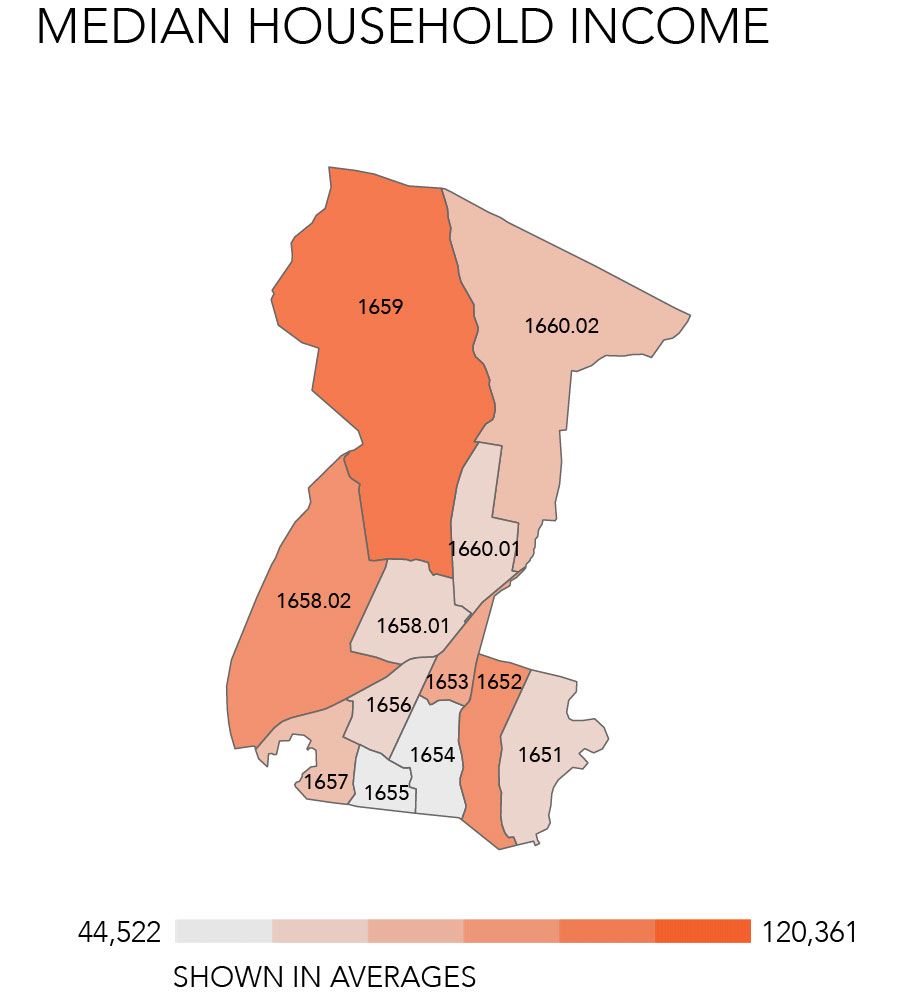
The southern part of Hamden has the lowest average median income, as pointed out in Facts and Faces: Food Hardship in Hamden funded by United Way.
Farmer acknowledges that income inequality is a challenge for Hamden. However, so is defining Hamden.
“Our challenge is dealing with the wealth inequality while trying to keep our culture, and depending on who you talk to, they have a different definition of what that means,”
